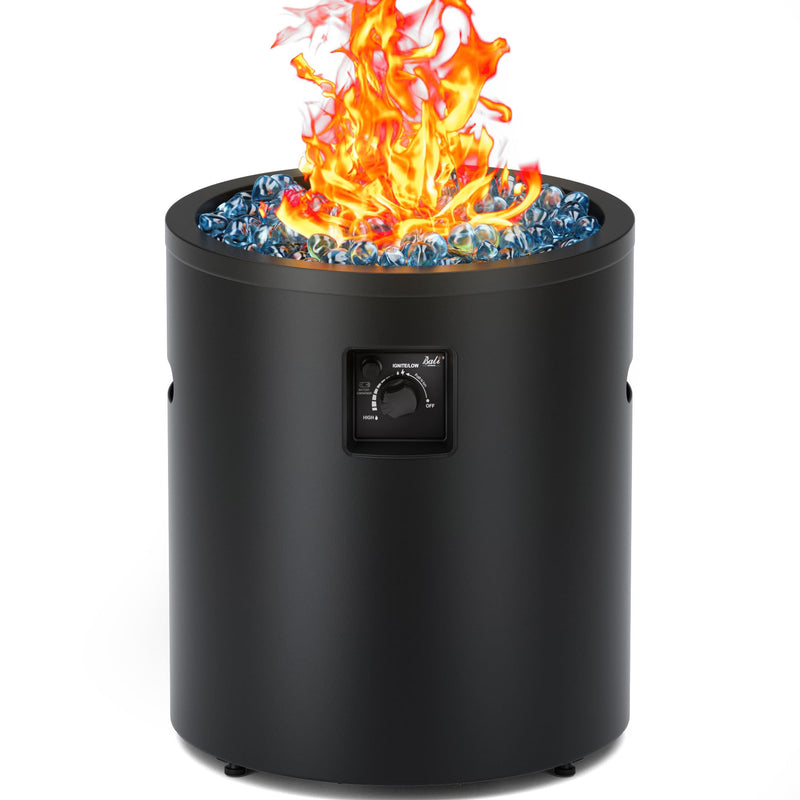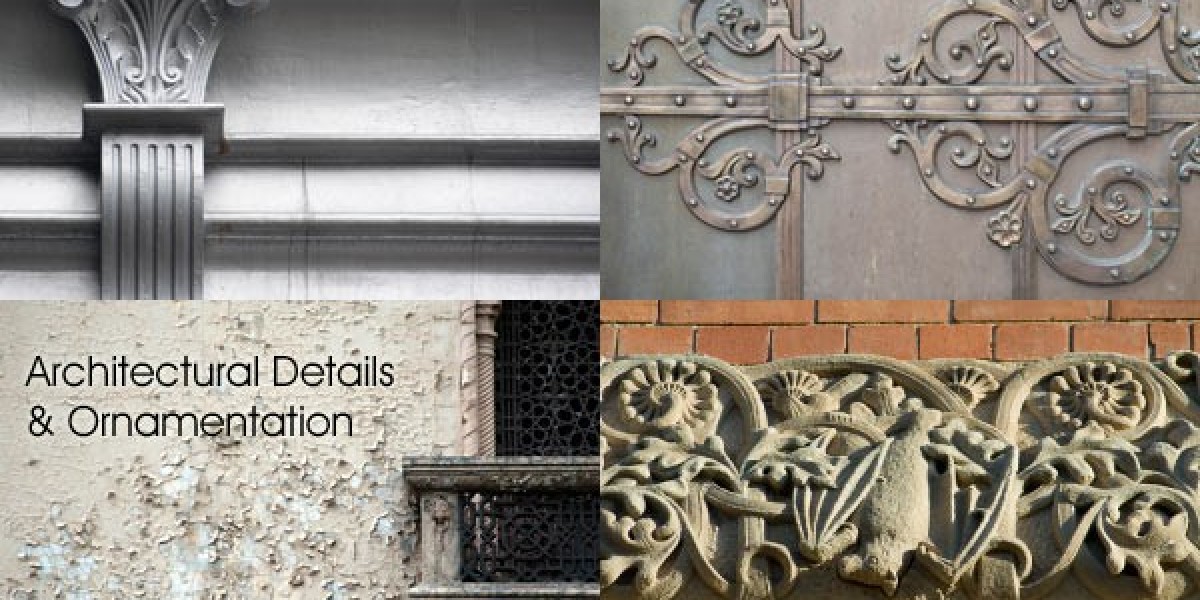Unlock the Secrets of Fire Pits: Ignite Your Outdoor Experience Today!
Fire pits have become a beloved feature in many outdoor spaces, transforming backyards into inviting retreats for family and friends. Their growing popularity can be attributed to the myriad of benefits they offer. From providing warmth on chilly evenings to creating a cozy atmosphere that fosters social gatherings, fire pits enhance our outdoor experiences in delightful ways. Whether you're roasting marshmallows with loved ones or simply enjoying the flicker of flames under the stars, fire pits serve as a focal point for connection and relaxation. In this article, we will explore the different types of fire pits available, their various uses, and essential tips for choosing the right one for your outdoor oasis.

Understanding Fire Pits
A fire pit is a structure designed to contain a fire, providing both warmth and ambiance for outdoor settings. Historically, fire pits have been used since ancient times, serving as a gathering point for communities and a source of heat and light. Today, they come in various shapes and sizes, from simple stone circles to elaborate, built-in installations. The basic elements of a fire pit include a fire-resistant base, a heat source, and safety features to contain the flames. Their functionality extends beyond mere aesthetics; they allow for cooking, warmth, and an inviting atmosphere that encourages relaxation and social interaction.
Types of Fire Pits
When it comes to fire pits, there are several types to choose from, each catering to different preferences and needs:
- Wood-burning fire pits: These traditional fire pits rely on logs or firewood as fuel, providing a classic campfire experience. They create a crackling sound and produce aromatic smoke, perfect for roasting marshmallows and telling stories under the stars.
- Gas fire pits: For those seeking convenience, gas fire pits offer an easy-to-use alternative. Fueled by propane or natural gas, they ignite with the push of a button, providing instant heat without the hassle of gathering and managing wood.
- Portable fire pits: Ideal for those with limited outdoor space or who enjoy camping, portable fire pits can be easily transported and set up anywhere. They come in various sizes and styles, making them versatile for both backyard gatherings and outdoor adventures.
- Tabletop fire pits: These compact fire features double as a stylish centerpiece for outdoor dining. They provide warmth while also creating an intimate atmosphere for small gatherings.
- Fire bowls and chimineas: Fire bowls are open, bowl-shaped pits that provide a 360-degree view of the flames, while chimineas are enclosed structures that offer a unique aesthetic and can help contain smoke. Both types add character to outdoor spaces while serving their primary function of providing warmth.
Each type of fire pit has its advantages and is best suited for different scenarios. Understanding these differences can help you choose the right fire pit for your lifestyle and outdoor space.
Uses of Fire Pits
Fire pits are incredibly versatile and can be utilized in various ways, making them a valuable addition to any outdoor area:
- Gathering with friends and family: Fire pits provide a natural gathering place for socializing. Whether it's a casual weekend get-together or a festive holiday party, the warmth of a fire encourages people to linger and connect.
- Cooking and roasting marshmallows: Many people fondly associate fire pits with roasting marshmallows and making s'mores. They can also be used for cooking other foods, such as hot dogs or skewered vegetables, adding a fun culinary element to your outdoor experience.
- Heating outdoor spaces: On cooler evenings, a fire pit can extend the usability of your outdoor spaces. It provides warmth that allows you to enjoy your patio or backyard even when temperatures drop.
- Adding ambiance to outdoor decor: The flickering flames of a fire pit create a magical ambiance that enhances any outdoor setting. With the right design, a fire pit can become a stunning focal point that complements your landscape and decor.
By incorporating a fire pit into your outdoor activities, you can create memorable moments, encourage social interaction, and enjoy the beauty of nature in a cozy setting.
Choosing the Right Fire Pit
Selecting the ideal fire pit requires careful consideration of several factors to ensure it meets your needs:
- Space available in the yard: Assess your outdoor space before making a decision. A large, built-in fire pit might overwhelm a small patio, while a portable fire pit could be perfect for limited areas.
- Materials and durability: Consider the materials used in the fire pit’s construction. Options like steel, cast iron, and stone offer different levels of durability and aesthetic appeal.
- Type of fuel (wood, gas, etc.): Decide whether you prefer the traditional charm of wood-burning fires or the convenience of gas. Your choice will influence the fire pit's design and functionality.
- Local regulations and safety considerations: Before purchasing a fire pit, familiarize yourself with local regulations regarding outdoor fires, including any restrictions on fire types and safety measures.
- Personal style and design preferences: Choose a fire pit that complements your outdoor decor and fits your personal style. Options range from rustic to modern, ensuring you can find something that resonates with your aesthetic.
By taking the time to consider these factors, you can confidently choose a fire pit that enhances your outdoor living experience and suits your lifestyle.
Enhancing Your Outdoor Living with Fire Pits
In summary, fire pits are a fantastic addition to any outdoor space, offering warmth, ambiance, and opportunities for connection. Understanding the different types of fire pits, their uses, and how to choose the right one will empower you to enhance your outdoor living experience. As you explore the options available, remember that the right fire pit can create lasting memories and enjoyable moments for you and your loved ones. So go ahead, ignite your outdoor experience today!








